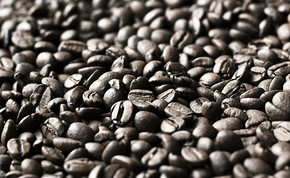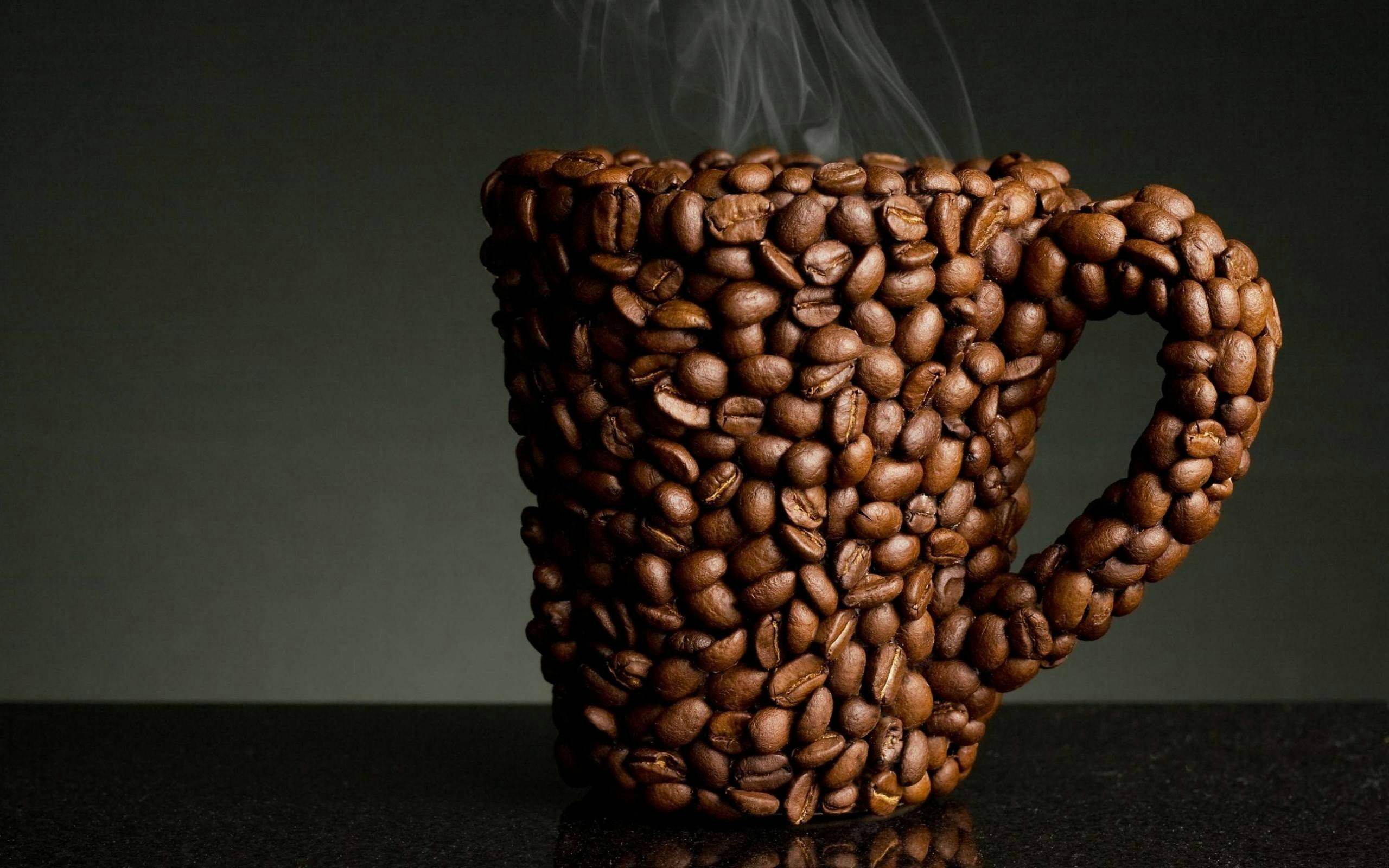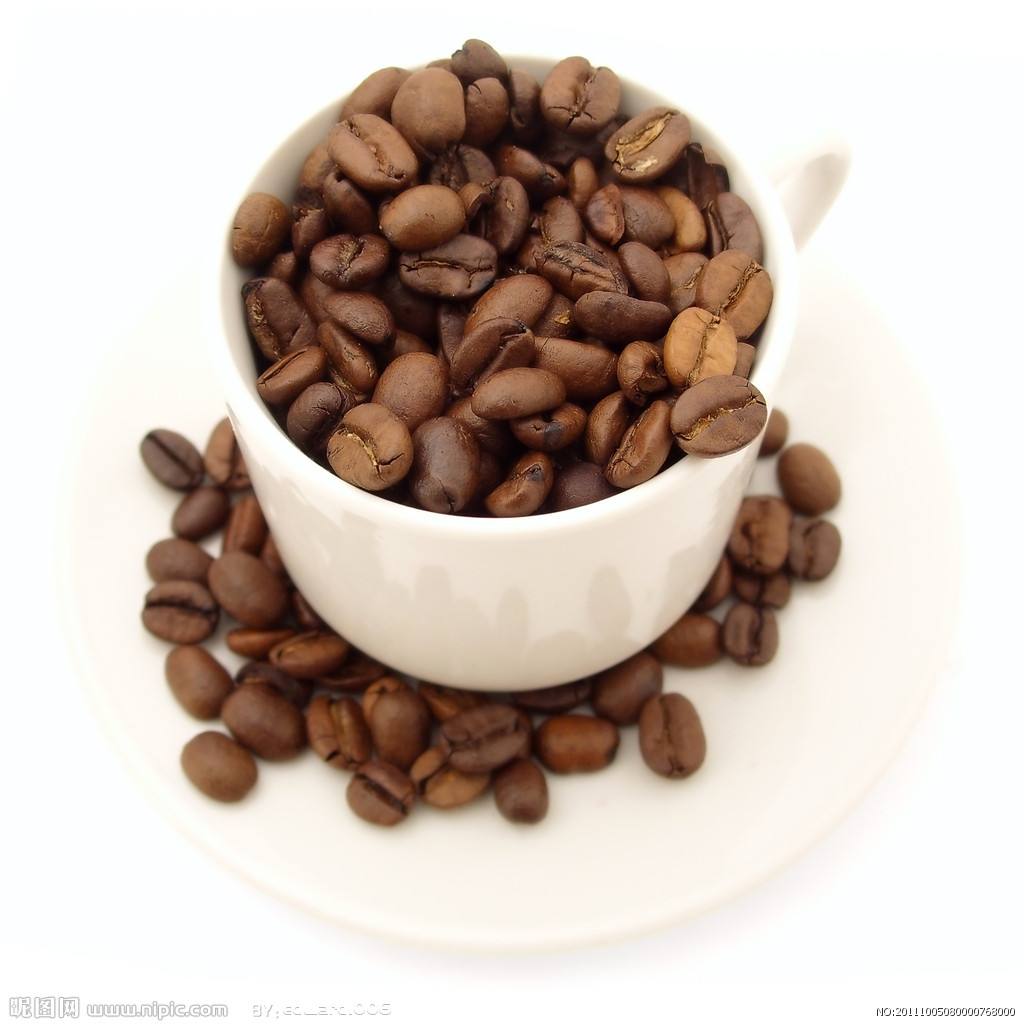How to distinguish Arabica beans from robusta beans
Follow the caf é (Wechat official account vdailycom) and found that Beautiful Cafe opened a small shop of its own.
It is not difficult to distinguish between Arabica beans and Robota beans. You can easily tell the difference between Arabica beans and Robota beans by their appearance. The former is slightly oval and slender, and the central line (Center Cut) is S-shaped and green, while the latter is round and fat, the central line is almost straight, and the color is whiter. For a detailed comparison, please refer to the table below, where Robusta contains almost twice as much caffeine as Arabica.

Differences in coffee taste
Arabica has a strong and round wet aroma. Coffee made from Arabica coffee has strong complex flavors such as flowers, fruit, chocolate caramel and so on. Arabica beans are rich in aroma and taste, and taste softer and palatable. Therefore, it occupies a major position in the market. The caffeine content is about 1.5%.
With a faint wet aroma (aroma) and a woody flavor (woody), Robusta produces coffee with a strong, distinct bitterness and low acidity. Robota beans have a single taste, bitter, and do not taste good enough. They are generally used in instant coffee, canned coffee, liquid coffee and other industrial production coffee, and a small part of them are used to prepare Italian concentrated mixed beans. It can improve the mellowness of espresso.
Planting condition difference
Arabica coffee has harsh planting conditions, weak disease resistance, high altitude requirements, slow growth, high quality, and fine processing of raw beans. Different producing areas have their own different flavor and aroma, rich taste and different taste! It makes it the only coffee among these original species that can be drunk directly and alone, and can be used as a single product or as an Italian blend of coffee.
Robusta coffee has the advantages of strong adaptability, easy planting, fast growth and high yield. in general, the treatment of raw beans is relatively extensive and low quality (there is also a small amount of washed refined robusta). The flavor is bright and strong, mainly bitter, with a bad rubber or mildew smell because of its low-level raw bean treatment. Most of the robusta beans are not suitable for drinking as a single product coffee. A few robusta beans are used as Italian blending ingredients, the proportion is very low (but do not rule out the possibility that very few high-quality robusta beans can reach more than half). In general, robusta coffee is used in instant coffee (which extracts about twice as much liquid as Arabica), canned coffee, liquid coffee and other industrial coffees.
Different flavors and characteristics
Arabica smells like grass when it is not baked, and after proper baking, it shows "fruity" (light baking) and "caramel sweetness" (deep baking). Generally speaking, it has a better aroma and flavor than Robota beans.
Robusta smells like raw peanuts when unbaked, and cheap robusta coffee beans usually taste between "wheat tea" (medium roasting) and "rubber tires" (deep roasting). It is difficult to show a fine flavor.
Difference between market price and use
High-quality Arabica coffee requires complicated manual picking, selection and meticulous processing, so the most expensive and best coffee beans in the world are Arabica coffee. "Robusta" coffee is usually used to produce instant coffee and canned coffee because of its low cost. A small number of better quality "Robusta" coffees are also used in blending (mixed with Arabica coffee) espresso beans.
Important Notice :
前街咖啡 FrontStreet Coffee has moved to new addredd:
FrontStreet Coffee Address: 315,Donghua East Road,GuangZhou
Tel:020 38364473
- Prev

What are the differences between Arabica and Robusta coffee varieties
The most common kind of coffee we have on the market is two kinds of Arabica Calabasta, and they are actually two tree species, that is, coffee trees. Let's first take a look at the difference between these two kinds of coffee. Alabica (CoffeaArabica) Robusta (CoffeaRobusta) planting conditions are higher (600 to 2000 meters above sea level), poor resistance to diseases and insect pests, vulnerable to damage.
- Next

According to the origin of Robusta coffee, does Robusta have any boutique coffee?
Following Cafe Review (official account vdailycom of Wechat) found that Beautiful Cafe opened a small shop of its own and had a sip of 100% Robusta coffee, and you would immediately know that it tasted astringent and terrible. It gives off a smell called Luobu, which is similar to the smell of burnt wheat. It not only has a strong bitter taste, but also has a fishy smell and moldy smell. Therefore, it is not difficult for us to understand
Related
- Detailed explanation of Jadeite planting Land in Panamanian Jadeite Manor introduction to the grading system of Jadeite competitive bidding, Red bid, Green bid and Rose Summer
- Story of Coffee planting in Brenka region of Costa Rica Stonehenge Manor anaerobic heavy honey treatment of flavor mouth
- What's on the barrel of Blue Mountain Coffee beans?
- Can American coffee also pull flowers? How to use hot American style to pull out a good-looking pattern?
- Can you make a cold extract with coffee beans? What is the right proportion for cold-extracted coffee formula?
- Indonesian PWN Gold Mandrine Coffee Origin Features Flavor How to Chong? Mandolin coffee is American.
- A brief introduction to the flavor characteristics of Brazilian yellow bourbon coffee beans
- What is the effect of different water quality on the flavor of cold-extracted coffee? What kind of water is best for brewing coffee?
- Why do you think of Rose Summer whenever you mention Panamanian coffee?
- Introduction to the characteristics of authentic blue mountain coffee bean producing areas? What is the CIB Coffee Authority in Jamaica?

